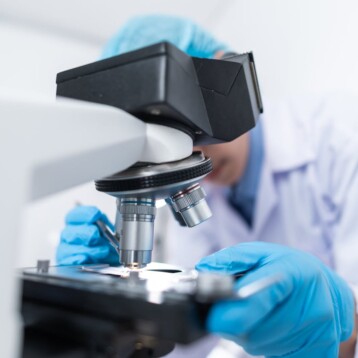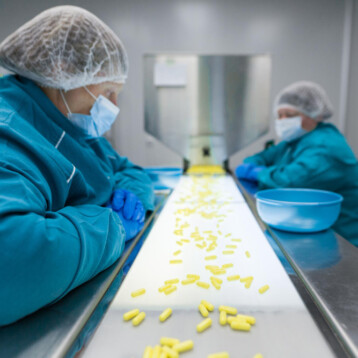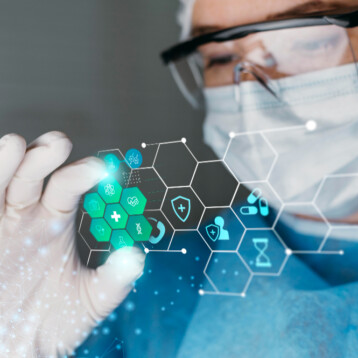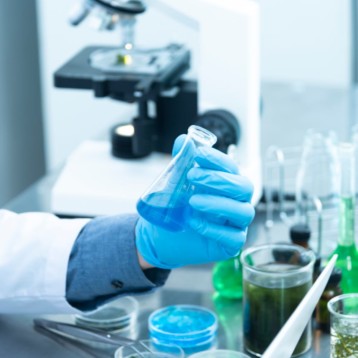Embryonic stem cells (ESCs) are derived from a five-days- old embryo that developed in the lab after in-vitro fertilization (a technique in which egg cells are fertilized by sperm outside the woman’s womb). On day five, the embryo is called a blastocyst, and is composed of two cell types – the “trophoblast”, which is the layer of cells that surrounds the blastocyst and will develop into a large part of the placenta, and the “inner cell mass” which is a group of approximately 30 cells that will eventually develop into all the tissues of the embryo.
In order to create a ESCs line, the inner cell mass is derived from the blastocyst and is grown separately on a culture dish. Ever since the first line of embryonic stem cells was established in 1998, scientists around the world have been trying to control the differentiation process that the cells undergo in order to become more specialized. The ultimate goal is to improve the efficiency of this differentiation process into specific cell types, and to enable the development of cell replacement therapies. Embryonic stem cell therapies have already been proposed for regenerative medicine and tissue replacement after injury or disease.
Although the potential of cell replacement therapy is enormous, the inability of scientists to cause stem cells to efficiently develop into the desired cell type – muscle, skin, blood vessels, bone, or neurons – limits the potential clinical utility of this therapy.
|
In a research project recently conducted at the Georgia Institute of Technology, Todd McDevitt and his colleagues found a new way to enhance the efficiency and purity of the cells’ differentiation by delivering substances directly into these cells’ environment.
One of the first stages in the differentiation of ESCs is the formation of a specific structure called “embryoid bodies“, in which the cells form aggregates. After individual cells aggregate together, hollow internal structures begin to develop and the aggregate becomes larger and more complex over time. This hollow structure signifies the continuance of the differentiation process.
To direct differentiation, the accepted procedure involved adding soluble factors to the culture dish medium. In contrast, the method developed by McDevitt’s team focuses on incorporating the differentiation factors directly into the cell aggregates. The soluble factors that contain growth factors, proteins, and other small molecules, were added directly to the embryoid bodies in the form of biodegradable microspheres.
When the researchers compared differentiation of untreated cells and cells treated in this way, they saw that after ten days, approximately 90 percent of the embryoid bodies in the treated groups, began to display the hollow structure signifying differentiation, compared to 6 percent of the untreated bodies. Genetic analysis of the cells confirmed the cells’ differentiation.
These findings show that by presenting molecules locally on the inside of the embryoid body differentiation methods improve significantly and the process of specifying cells for cell replacement therapies can be promoted.
TFOT previously covered a research project related to stem cell therapy, in which scientists demonstrated the differentiation of human stem cells into heart muscle cells. You can read more about stem cells – including their biological origin, applications, and ethical issues here.
For more information about Todd McDevitt’s embryonic stem cells research, see the Georgia Tech news website.












